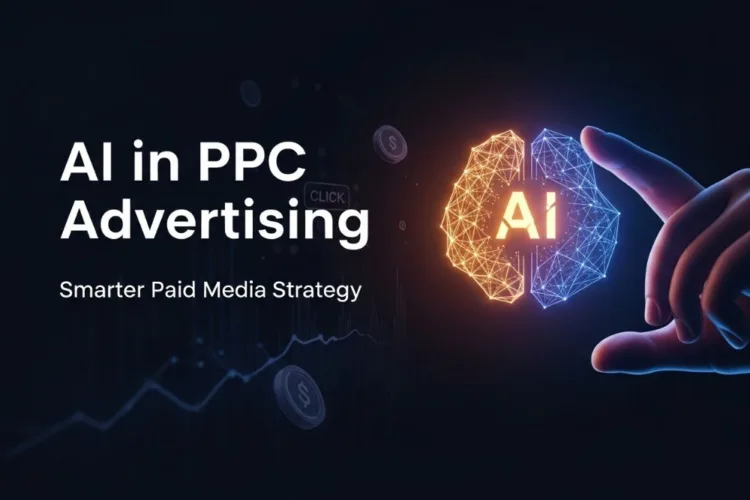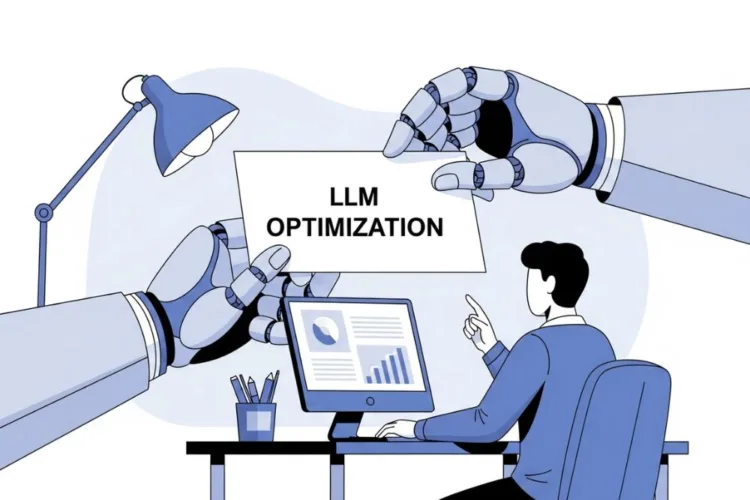
Mastering Pay Per Click (PPC) optimization is essential for maximizing your return on investment and achieving impactful results. By utilizing a variety of strategic approaches, you can ensure that your Ads not only reach the right audience but also make them engage. It’s important to understand the steps you can take to fine-tune your PPC campaigns, from preparing precise Ad content to using powerful analytic tools. This article will provide you with actionable insights and proven strategies to enhance your PPC Ad performance, ensuring that you get the most out of your advertising efforts.
Basics of Pay-Per-Click Advertising
Pay-per-click advertising is a model where advertisers pay a fee each time their Ad is clicked. It is a way of buying visits to your site, rather than attempting to “earn” those visits organically. PPC allows advertisers to bid for Ad placement in a search engine’s sponsored links when someone searches on a keyword related to their business offering.
For example, if you bid on the keyword “PPC optimization,” and someone searches for that term, your Ad might appear in the top position on the Google results page. With PPC, you’re paying for more than just clicks; it’s about securing qualified leads. The quality and relevance of your Ads are essential in securing prime Ad positions and determining how much you pay for clicks and impressions.
1. Identifying Your Target Audience for PPC Campaigns
Identifying your target audience is important for the success of your PPC campaigns. It’s essential to have a clear understanding of who you want to reach and design your Ads accordingly. By defining your audience, you can create more relevant Ad copies that connect with them, improving the chances of engagement and conversion. To effectively identify your target audience, consider the following:
- Demographics: Analyze age, gender, income level, and education to customize your messaging effectively.
- Geographic Location: Target specific regions, cities, or countries where your potential customers are located.
- Interests and Behaviors: Understand the interests, hobbies, and online behavior of your audience.
Utilizing tools such as Google Analytics and social media insights can provide valuable data to define your target audience more accurately, allowing you to create strategic Ad campaigns that yield better results.
2. Selecting the Right Keywords for PPC Success
Keywords form the backbone of any successful PPC campaign. Your ability to choose the right keywords directly influences the quality and performance of your Ads. Start by conducting thorough keyword research to identify search terms your target audience uses. Utilize keyword research tools like Google’s Keyword Planner or SEMrush to discover high-potential keywords relevant to your business. When selecting keywords, consider:
- Relevance: Ensure your keywords align closely with your Ad content and the products or services you offer.
- Search Volume: Target keywords with significant search volume to maximize reach.
- Competition: Assess the competition for your chosen keywords and bet on less competitive ones when feasible for cost-efficiency.
Choosing the right mix of broad, exact, and long-tail keywords will help you cast a wider net while increasing the potential for conversion with more specific search terms.
3. Preparing Compelling and Relevant Ad Copy
Creating compelling Ad copy is essential in capturing the attention of your target audience. Effective Ad copy not only draws clicks but also encourages conversions, leading to a higher return on investment. Your Ad copy should be brief yet powerful, making great use of the limited characters allowed. Follow these guidelines for effective Ad copy creation:
- Clarity and Relevance: Ensure that your Ad copy clearly communicates what you’re offering and resonates with your potential customers.
- Call to Action (CTA): A strong CTA like “Discover Now” or “Start Your Free Trial” directs users towards taking the desired action.
- Unique Value Proposition (UVP): Highlight what makes your offering unique in comparison to competitors.
Dynamic Ad copy enhancements, such as including keywords in your headlines and descriptions, can increase Ad relevance and the possibility of higher click-through rates.
4. Utilizing Negative Keywords for Better Control
Negative keywords play an important role in PPC campaigns by preventing your Ads from appearing in irrelevant searches. By identifying and implementing negative keywords, you can improve your Ad performance and ROI by ensuring you’re only paying for clicks from interested and qualified prospects.
For example, if you sell premium products, you might want to exclude keywords related to discount or cheap variants that don’t connect with your brand image. Regularly review your search query reports to discover keywords that aren’t converting and add them to your negative keyword list. Using negative keywords helps to reduce wasteful spending and allows your budget to focus more efficiently on valuable prospects who are likely to engage and convert.
5. Setting Effective Bidding Strategies
Bidding strategies in PPC campaigns determine how much you’re willing to pay for a click and have a significant impact on your Ad placement and return on Ad spend (ROAS). An effective bidding strategy aligns with your campaign goals, whether that’s maximizing clicks, conversions, or brand awareness. Consider these popular bidding strategies:
- Manual CPC: Gives you complete control over your bids for each keyword, allowing you to optimize for cost efficiency.
- Automated Bidding: Utilizes machine learning to adjust your bids based on your goals, such as maximizing conversions.
- Enhanced Cost Per Click (ECPC): Automatically adjusts your manual bids to maximize conversions.
Choose a bidding strategy that aligns with your business objectives and adapt as necessary based on performance insights.
6. Regular Monitoring and Analytics for PPC Campaigns
Continuous monitoring and analysis of your PPC campaigns are essential for sustained success. By regularly evaluating performance metrics, you can identify what’s working and where improvements are needed. Utilize tools like Google Analytics and Google Ads reporting to gain insights into CTR, CPC, conversion rates, and more. Key activities include:
- Performance Tracking: Monitor key metrics to assess your campaign’s effectiveness at achieving its goals.
- Budget Management: Ensure your spending integrates with expected outcomes and make adjustments as necessary.
- Identifying Trends: Spot trends over time to inform both short-term tactics and long-term strategy changes.
By keeping a close eye on your campaigns, you can make data-driven decisions that refine and enhance your PPC efforts.
7. A/B Testing for Continuous Improvement
A/B testing is a powerful technique for optimizing your PPC campaigns. By testing variations of your Ads, you can determine which version connects best with your audience and leads to higher engagement and conversion rates. When conducting A/B tests, consider the following elements:
- Ad Headlines: Experiment with different headlines to see which attracts more clicks.
- CTAs: Test variations in your call-to-action to find which one encourages the most conversions.
- Visual Elements: Incorporate different images or videos to measure their impact on Ad performance.\
Continuous A/B testing and iteration help refine your PPC strategy over time, leading to improved results and greater cost-effectiveness.
8. Adapting to Market and Trend Changes
The digital advertising landscape is ever-changing, influenced by market trends and consumer behaviors. It’s crucial to remain flexible and modify your PPC strategies in response to these changes. Be notified by regularly reviewing industry news, case studies, and best practices. Be willing to experiment with emerging Ad formats, platforms, or audience segments, as early adoption can lead to a competitive advantage. Understanding seasonal trends, such as holiday shopping habits, and adjusting your budget and targeting strategies accordingly can result in impactful returns. Adapting instantly to changes enhances your ability to maintain relevance and effectiveness in your PPC campaigns.
Mastering PPC optimization requires a combination of strategic planning, regular analysis, and adaptability to the digital marketing field. By understanding and implementing the strategies outlined in this guide, you can enhance your campaign performance, drive better results, and optimize your advertising spend. As you advance in your PPC journey, continue to prioritize testing and learning, using both data-driven insights and creative instincts to refine your approach. Remain informed about industry trends, embrace automation, and maintain a deep understanding of your target audience to ensure your PPC efforts remain relevant and impactful.



